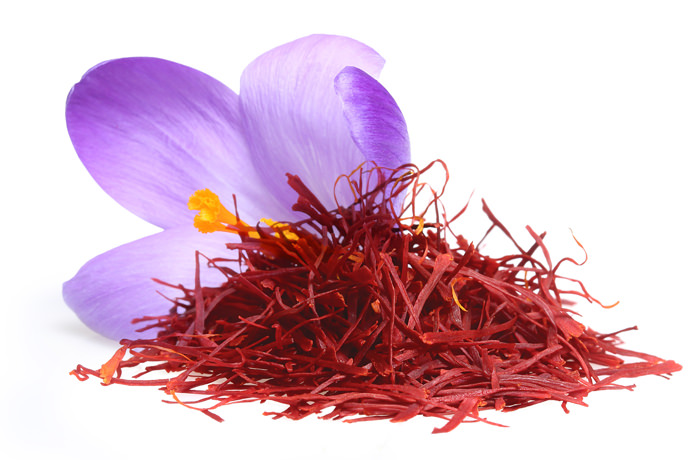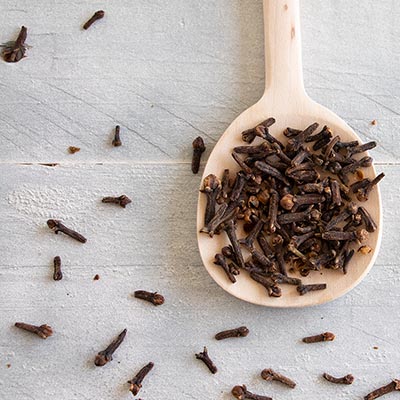Already two thousand years B.C., the precious saffron was cultivated on the Greek island of Crete. However, saffron also has a very long tradition of cultivation in Asia Minor. Saffron was used in medicine, as a dye for textiles and as a royal spice. The name comes from the Arabic term zafraan, which means "yellow thread". Today saffron is also cultivated in Spain, southern France, southern Italy, Hungary, Morocco and Turkey.
Saffron is a close relative of the crocus of the lily family. From a subterranean bulb a leaf sheath emerges, which sprouts 8 to 10 filamentous, thin, long leaves and the light violet flower. This typical crocus blossom has a bright red scar in the middle. During the flowering season, which lasts in autumn, the red scars of the open flowers are pulled out daily with great sensitivity. The saffron flower blooms for about 15 days.
After harvesting, the fine flower threads are dried as quickly as possible in the sun or on sieves over low heat. This is how the fine saffron threads develop their unique aroma
The filigree manual work and the low yield, 150,000 to 200,000 scars are needed for one kg of dried goods, make saffron the most expensive of all spices.
Flavour of Saffron
Saffron is recognized by its strong, intense scent reminiscent of musk, roses and honey. This precious spice has an aromatic, slightly bitter aroma, which is due to the proportion of essential oils. By the way, saffron is also known to contain a high proportion of vitamin B2 and riboflavin, so that it is still used in medicine today.
Usableness of Saffron
Saffron impresses in the kitchen not only by its aromatic taste, but also by its excellent coloring properties. Saffron gives dishes a rich yellow color, known for example from paella, risotto Milanese, bouillabaisse and Arab pilaw.
Saffron is particularly used in Mediterranean and Arabic cuisine for seasoning meat and fish dishes, soups, sauces and rice dishes. Even the smallest amounts of this noble spice are enough to add color and a heavenly aroma to the food. Desserts, stir-fry and yeast dough as well as fine biscuits benefit from the slightly bitter aroma. The fine threads should always be soaked in liquid for 10 minutes before being added to the food.
Saffron is quite sensitive to light, so it must be stored in a dark, cool and dry place. Safran ist recht lichtempfindlich, daher unbedingt dunkel, kühl und trocken lagern.




















